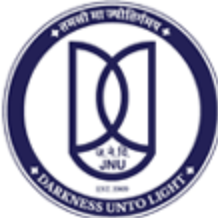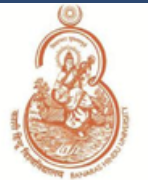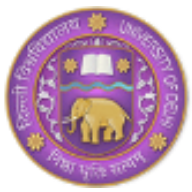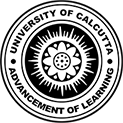The University of Calcutta (CU) is one of the oldest public universities in India and one of the earliest modern universities in Asia. It is located in the city of Kolkata in West Bengal, India. It was founded in 1857 on the Western model to promote higher education. Here are some key information about the University of Calcutta:
Historical Background:
The University of Calcutta was established with the approval of Lord Canning, the then Governor-General of India, to provide higher education on the Western model of education.
Since its establishment, it has been an important academic and research center in India, attracting many outstanding scholars and professors and producing several Nobel Prize winners.
Academic Reputation:
Despite its fluctuations in global rankings, the University of Calcutta still maintains a good academic reputation, especially in the fields of scientific research, literature and art.
The university has a high reputation for research in certain specific fields, such as physics, chemistry, mathematics, biological sciences, philosophy, history and linguistics.
Academic Structure:
The university has multiple colleges and departments, offering a wide range of undergraduate, postgraduate and doctoral programs.
Academic fields include natural sciences, social sciences, humanities, engineering and technology, medicine, law and management.
Research and Facilities:
The University of Calcutta has rich research resources, including libraries, laboratories and research centers.
The university's research work has achieved remarkable results in many fields, including basic sciences, applied sciences and social sciences.
Internationalization:
The University of Calcutta has academic exchanges and cooperation programs with universities in other countries.
The university encourages international students to come and study, and participate in international conferences and seminars.
Campus Life:
The main campus of the university is located in the center of Kolkata, with historical buildings and modern facilities.
Student life is rich and diverse, with various student clubs and cultural activities.
Admission and Application:
Admission is usually based on students' academic performance and/or entrance examinations, such as some specific undergraduate courses may require passing the West Bengal Joint Entrance Examination (WBJEE).
Postgraduate and doctoral programs may require passing additional interviews or submitting research proposals.
Tuition:
As a public university, the tuition fees of the University of Calcutta are relatively low, especially for Indian students.
Fees for international students may be higher, but are still reasonable compared to other private institutions.
Graduate prospects:
Calcutta University graduates have a good employment record both in India and abroad.
The university's Career Development Center provides students with career guidance, internship opportunities and campus recruitment services.
-

Anna University
-

Jamia Millia Islamia
-

Shoolini University/Shoolini University of Biotechnology and Management Sciences
-

Manipal University/ Manipal Academy of Higher Education
-

VIT University/Vellore Institute of Technology
-

Jawaharlal Nehru University
-

Indian Institute of Science
-

Banaras Hindu University
-

Savitribai Phule Pune University/University of Pune
-

University of Delhi
-

Mesoamerican University
-

Istmo University
-

Mariano Galvez University of Guatemala
-

Regional University of Guatemala
-

Galileo University
-

Francisco Marroquín University
-

Rafael Landívar University
-

University of the Valley of Guatemala
-

University of San Carlos of Guatemala
-

Technological Institute of Tlaxcala Plateau
-

Golfo University
-

Technological University of South Sonora
-

Technological University of Huejotzingo
-

Tizimín Institute of Technology
-

Chilpancingo Institute of Technology

